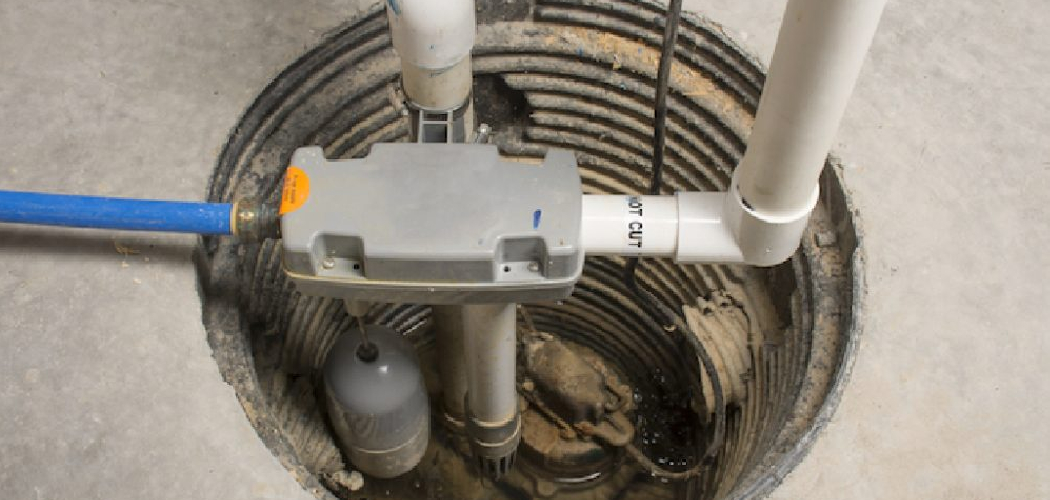A fill valve is a crucial component of your toilet’s tank, responsible for controlling the flow of water after each flush. Over time, this part can wear out or malfunction, leading to issues such as a constantly running toilet, slow refills, or unusual noises.
This guide explores the key aspects of how to know if fill valve is bad. Knowing the signs of a faulty fill valve can help you address the problem promptly, ensuring your toilet operates efficiently and preventing higher water bills or potential water wastage.

What Is a Fill Valve and Its Role in a Toilet’s Flushing System
The fill valve, also known as a ballcock or refill valve, is an essential component located inside the toilet tank. Its primary function is to regulate the water level by controlling the flow of water into the tank after each flush.
Attached to the water supply line, the fill valve opens when the tank empties and closes when the desired water level is reached. This ensures the tank has enough water for the next flush, maintaining the efficiency of the flushing system.
Without a properly functioning fill valve, issues such as improper tank refilling or water leaks can disrupt the toilet’s performance and lead to water waste. Understanding the role of the fill valve is key to maintaining a functional and efficient toilet.
Common Signs of a Bad Fill Valve
Recognizing the signs of a faulty fill valve is essential to preventing water wastage and ensuring your toilet operates smoothly. Some of the most common indicators include:
- Constantly Running Toilet – If you hear water running continuously long after a flush, it could be due to a fill valve that is not closing properly. This often leads to unnecessary water waste and higher utility bills.
- Slow Tank Refills – A fill valve that is partially blocked or worn out may struggle to refill the tank effectively, resulting in longer-than-usual refilling times after a flush.
- Unusual Noises – Hissing, squealing, or banging sounds coming from the tank can indicate problems with the fill valve. These noises often occur when the valve struggles to regulate the water flow.
- Water Level Issues – If the water level in the tank is consistently too high or too low, it might be a sign that the fill valve is not functioning correctly or is improperly adjusted.
- Leaks Around the Valve – Visible water leaking around the base of the fill valve inside the tank can point to seals or components that are damaged or worn out.
Identifying these signs early allows for timely repairs or replacement of the fill valve, minimizing water waste and avoiding more significant plumbing issues down the line.
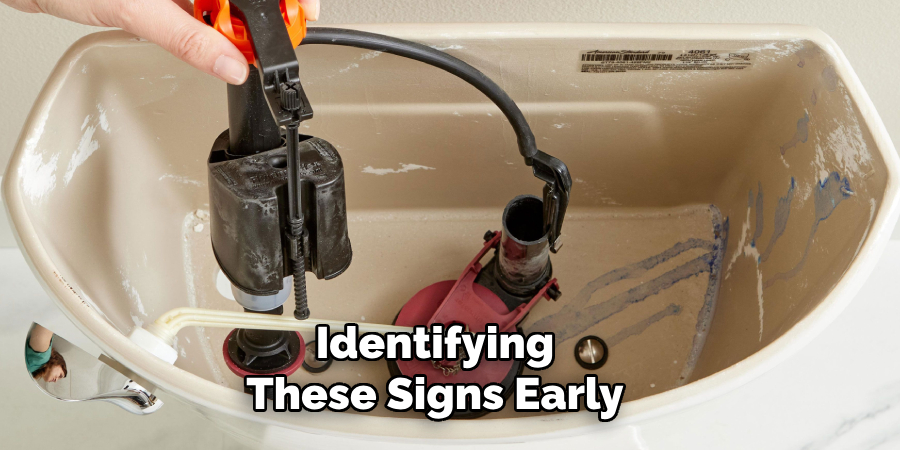
10 Methods How to Know if Fill Valve Is Bad
1. Listen for Continuous Running Water Sounds
One of the most obvious signs of a faulty fill valve is the sound of continuously running water even when the toilet has not been recently flushed. The fill valve is designed to shut off automatically once the tank reaches the correct water level.
If the valve fails to close properly, water will keep flowing, leading to unnecessary waste. This issue is often caused by a worn-out diaphragm or internal component that prevents the valve from sealing correctly.
2. Check for Slow Tank Refilling After a Flush
A properly functioning fill valve should refill the toilet tank within a reasonable amount of time, usually around 30 to 60 seconds. If you notice that the tank is taking much longer to refill, it may indicate a partially clogged or malfunctioning fill valve.
Mineral deposits, sediment buildup, or aging components can restrict the water flow, preventing the tank from filling at the normal rate. If cleaning the valve does not improve refill speed, replacement may be necessary.
3. Observe Water Levels in the Tank
The fill valve controls the water level in the toilet tank. If the water level is consistently too low or too high, the valve may not be functioning properly. A low water level can cause weak flushing performance, while an excessively high water level may result in water overflowing into the overflow tube, leading to continuous running.
Checking the water level against the manufacturer’s recommended mark (usually indicated inside the tank) can help diagnose fill valve issues.
4. Test for Hissing or Whistling Noises
Unusual noises coming from the toilet tank can indicate a problem with the fill valve. A hissing or whistling sound often means that the valve is not sealing properly and that water is continuously passing through a small opening.
This can be due to internal wear, cracks, or sediment buildup interfering with the valve’s ability to close fully. If the noise persists after adjusting or cleaning the valve, it is likely time for a replacement.
5. Perform the Dye Test to Check for Leaks
A simple way to check if your fill valve is allowing water to leak into the overflow tube is to perform a dye test. Add a few drops of food coloring or a dye tablet into the toilet tank and wait for about 10 to 15 minutes without flushing.
If the colored water appears in the toilet bowl, it means the fill valve is not shutting off completely, allowing water to continuously leak into the bowl. This confirms a faulty fill valve that needs repair or replacement.
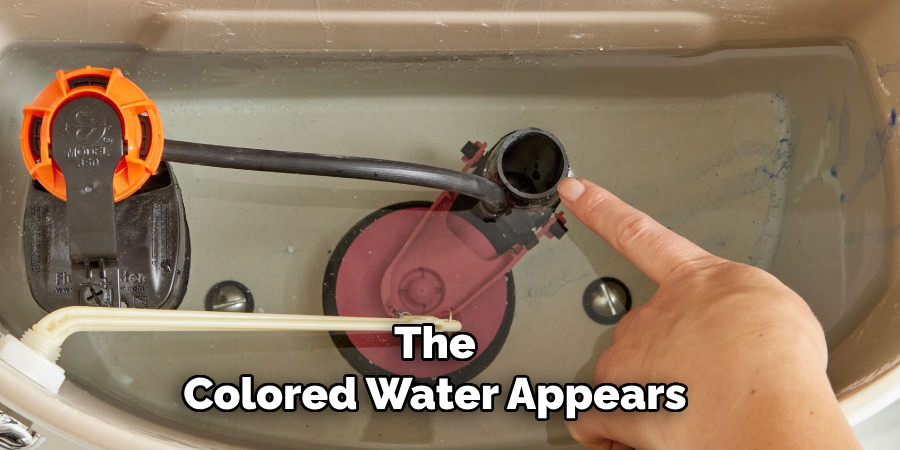
6. Inspect for Visible Wear and Tear
Over time, fill valves can degrade due to wear and tear, exposure to hard water, or general aging. Open the toilet tank and inspect the fill valve for visible cracks, warping, or corrosion.
Plastic fill valves may develop brittleness, while metal components can rust or accumulate mineral deposits. Any visible damage suggests that the valve is nearing the end of its lifespan and should be replaced to ensure proper functioning.
7. Manually Lift the Float to Test Shut-Off Functionality
Most fill valves use a float mechanism to control water flow. You can manually lift the float to see if the water flow stops completely. If the water continues running despite the float being in the raised position, the valve is not sealing correctly and is likely defective. In some cases, adjusting the float height might temporarily resolve the issue, but if the valve fails to shut off entirely, it will need to be replaced.
8. Check for Water Flow Issues When the Valve Is Open
Turn off the water supply to the toilet and remove the fill valve’s cap to inspect the flow of water. Turn the water back on slowly and observe whether water flows freely through the valve opening.
If the flow is weak, inconsistent, or completely blocked, the valve may have an internal obstruction or damage preventing proper operation. Cleaning out debris or mineral deposits might help, but if the issue persists, replacing the valve is the best solution.
9. Examine the Float for Sticking or Improper Movement
A faulty fill valve can sometimes cause the float to stick or move irregularly. The float should rise smoothly as the tank fills and drop when the tank empties.
If the float gets stuck in an upward or downward position, it may cause inconsistent refilling or a continuous running toilet. Mineral buildup, misalignment, or internal valve damage can contribute to this issue. If adjusting or cleaning the float does not fix the problem, replacing the fill valve may be necessary.
10. Compare Water Usage on Utility Bills for Unexplained Spikes
If your water bill has increased unexpectedly without any obvious explanation, a bad fill valve may be the culprit. A continuously leaking or malfunctioning valve can waste a significant amount of water over time. Monitor your utility bills and check for any sudden spikes in water usage.
If your household habits have not changed but your water consumption has increased, a leaking or running toilet due to a bad fill valve could be responsible.
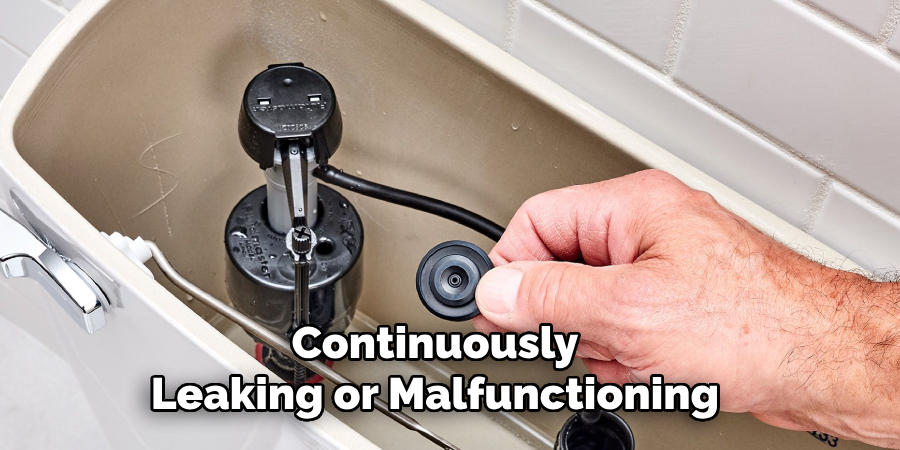
Safety Considerations
When working on a toilet’s fill valve, it is important to prioritize safety to prevent accidents or water damage. Start by turning off the water supply to the toilet to avoid unexpected water flow during repairs or inspections. Place a towel or bucket nearby to catch any residual water that may spill when opening the tank or removing components.
Always use appropriate tools to prevent damaging parts, and avoid over-tightening fittings, which could crack the tank or valve. If you are dealing with hard water buildup, consider wearing gloves to protect your hands from sharp mineral deposits.
Lastly, consult the toilet manufacturer’s guidelines or seek professional assistance if you encounter difficulties, especially when handling complex or unfamiliar plumbing systems.
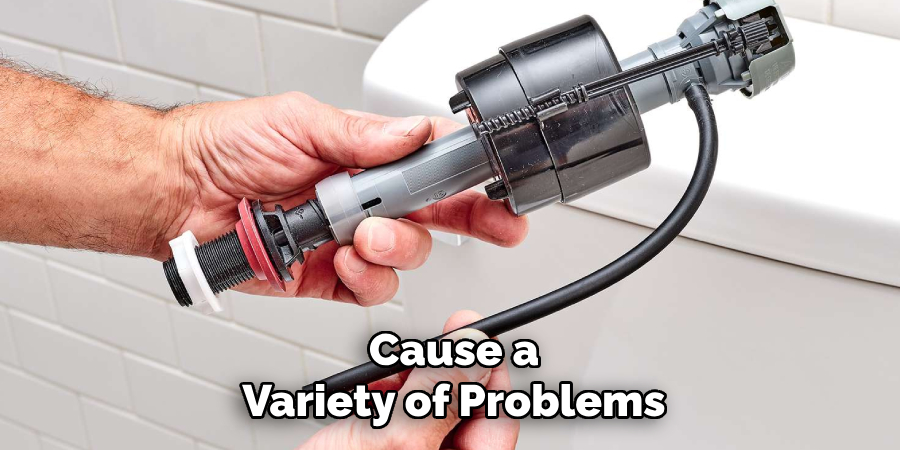
Conclusion
A failing fill valve can cause a variety of problems, including continuous running water, slow refilling, weak flushing, and increased water bills. By using these ten methods, you can diagnose whether your fill valve is faulty and take the necessary steps to repair or replace it.
Regular maintenance, such as cleaning the valve and checking for wear, can extend its lifespan and prevent unexpected plumbing issues. Thanks for reading, and we hope this has given you some inspiration on how to know if fill valve is bad!

